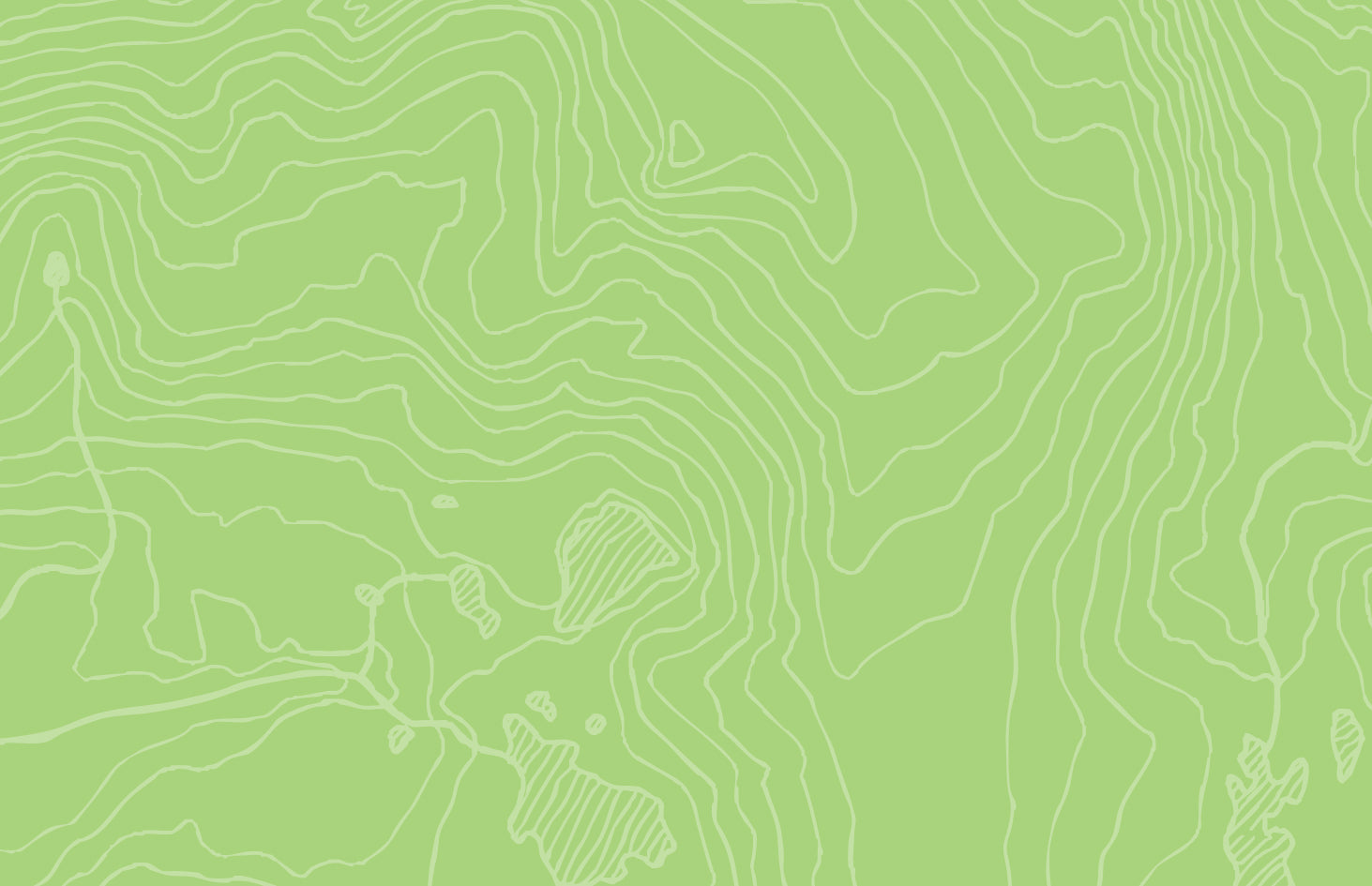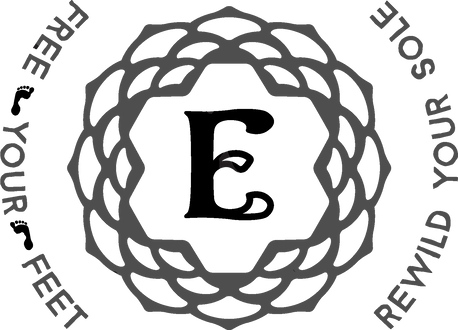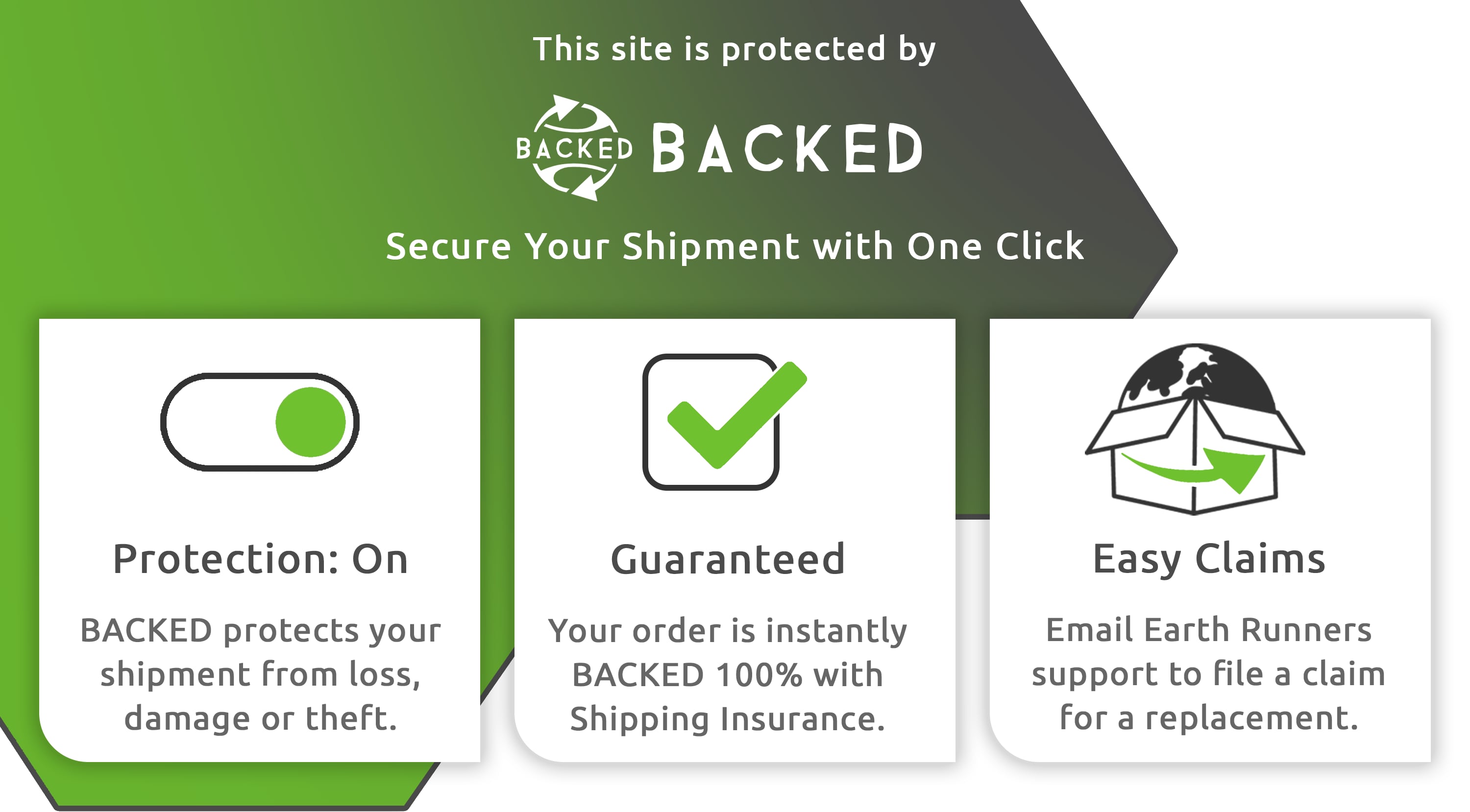Tips & Exercises for Healthy, Pain-Free Feet
 Most footwear today attacks from all angles. From narrow toe boxes, to raised heels, to cushioned soles and stiff arches—our feet are subject to all sorts of confinement and artificial support. Most shoes go way beyond the innocent intention of providing protection from hazards underfoot, and creep into ‘foot cast’ territory. [1]
Most footwear today attacks from all angles. From narrow toe boxes, to raised heels, to cushioned soles and stiff arches—our feet are subject to all sorts of confinement and artificial support. Most shoes go way beyond the innocent intention of providing protection from hazards underfoot, and creep into ‘foot cast’ territory. [1]
Not only are these features harmful, they can also cause pain and soreness.
What can you do to help your feet? Cue “toe-ga”
"Toe-ga": Tips & Exercises for Healthy, Pain-Free Feet
Can you intentionally move certain toes? Toe “yoga” exercises are great for improving dexterity and reducing the occurrence of injury.
Our feet are fine-tuned instruments perfected by millions of years of evolution. Sadly, the use of modern footwear and orthotics has changed how we use our feet, leading to foot pain and problems. [2]
Just like any of our lost primal skills, it takes time and patience to re-develop the skills, muscles and biomechanics (a fancy word for how your body moves) to get back to your body’s original design. Here are some easy foot exercises you can try at home to help restore mobility and soothe pain:
 An easy at-home trick to strengthen and soothe your feet is to work the fascia with a tennis ball. Try rolling out bottom of your feet, calves, and achilles tendon with either a tennis or a golf ball.
An easy at-home trick to strengthen and soothe your feet is to work the fascia with a tennis ball. Try rolling out bottom of your feet, calves, and achilles tendon with either a tennis or a golf ball.
 Wearing shoes limits your range of motion. Be sure to exercise your toes' full range of extension and flexion. Practice lifting and flexing your toes in new ways to build strength and proprioception.
Wearing shoes limits your range of motion. Be sure to exercise your toes' full range of extension and flexion. Practice lifting and flexing your toes in new ways to build strength and proprioception.
You can also try walking short distances on natural uneven terrain totally barefoot to help work the fascia and receive a sensational reflexology treatment. Whenever you aren't barefoot, choose minimalist footwear that lets your feet FEEL.
 Using a resistance band (thick rubber band) in toe-lift exercises can help realign the big toe and build up the muscles in the foot.
Using a resistance band (thick rubber band) in toe-lift exercises can help realign the big toe and build up the muscles in the foot.
Put the band around your big toes. Alternate between:
- Keeping big toes on the ground and raising your other toes.
- Lift big toes into the air, and keep other toes flat on the ground.
New to Minimalist Footwear? Prepare Your Feet.
While good minimalist footwear mimics being barefoot, if you are used to wearing standard modern shoes, the way you use your feet has most likely been altered. Stiff shoes with cushioned soles limits range of motion and leads to heel-striking. [3]
A few tips for Transitioning to Minimalist Footwear:
- First off, slow and steady wins the race. Undoing years of altered movement cannot be done overnight. It takes time to re-develop the lower leg and foot muscles and biomechanics needed to wear minimalist footwear.
- Practice walking then running with a forefoot or mid-foot strike. This walking and running style uses your foot and lower leg muscles as shock absorbers.
- To help prepare your feet (and useful if you experience soreness or muscle tightness down the line), try some of the foot exercises and 'toe-ga' outlined above.
- Learn more here: 5 Tips to Transition to Minimalist Sandals Safely.

References:
1. http://www.bccorefitness.com/videos-and-articles/shoes-making-slow-weak-stiff-pain/
2. Lieberman et. al. Foot strike patterns and collision forces in habitually barefoot versus shod runners. Nature. 2010 28;463(7280):531-5.
3. https://journals.lww.com/nsca-jscr/Abstract/2007/08000/Foot_Strike_Patterns_of_Runners_At_the_15_Km_Point.40.aspx





